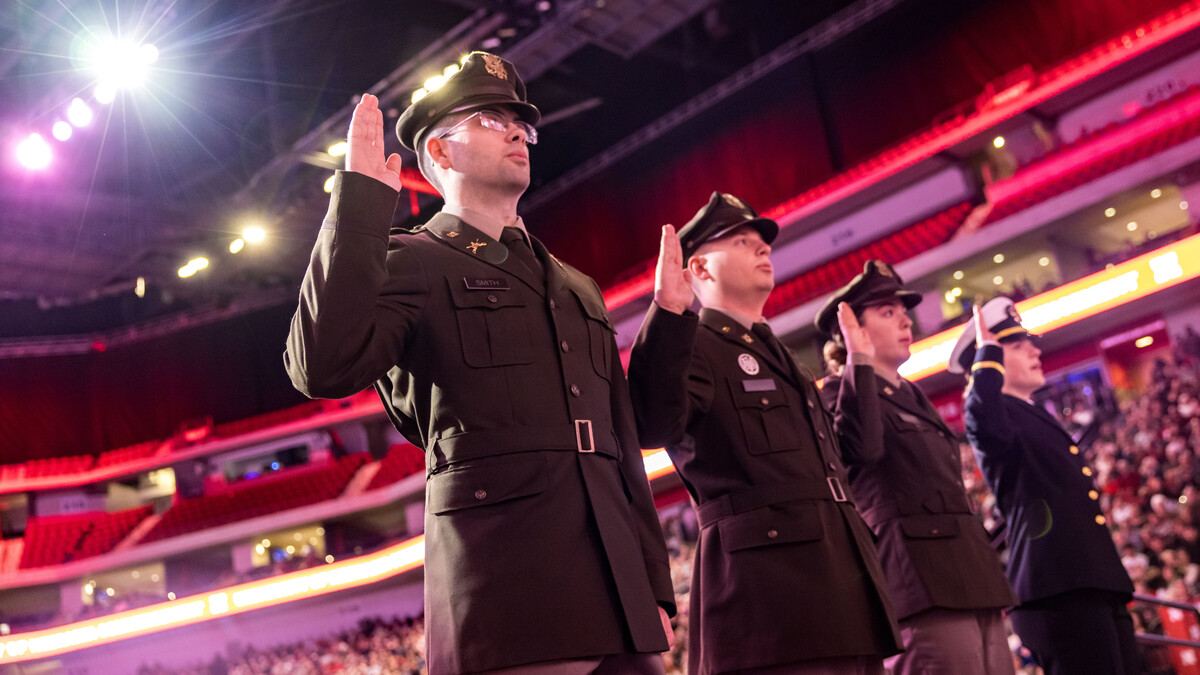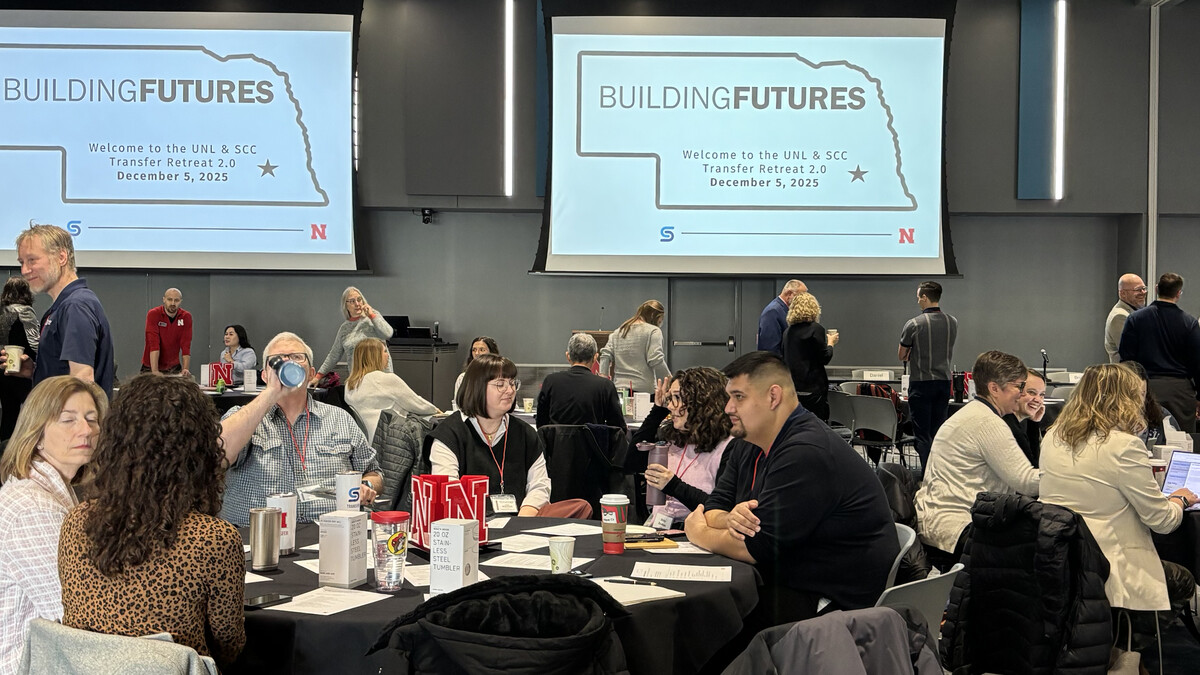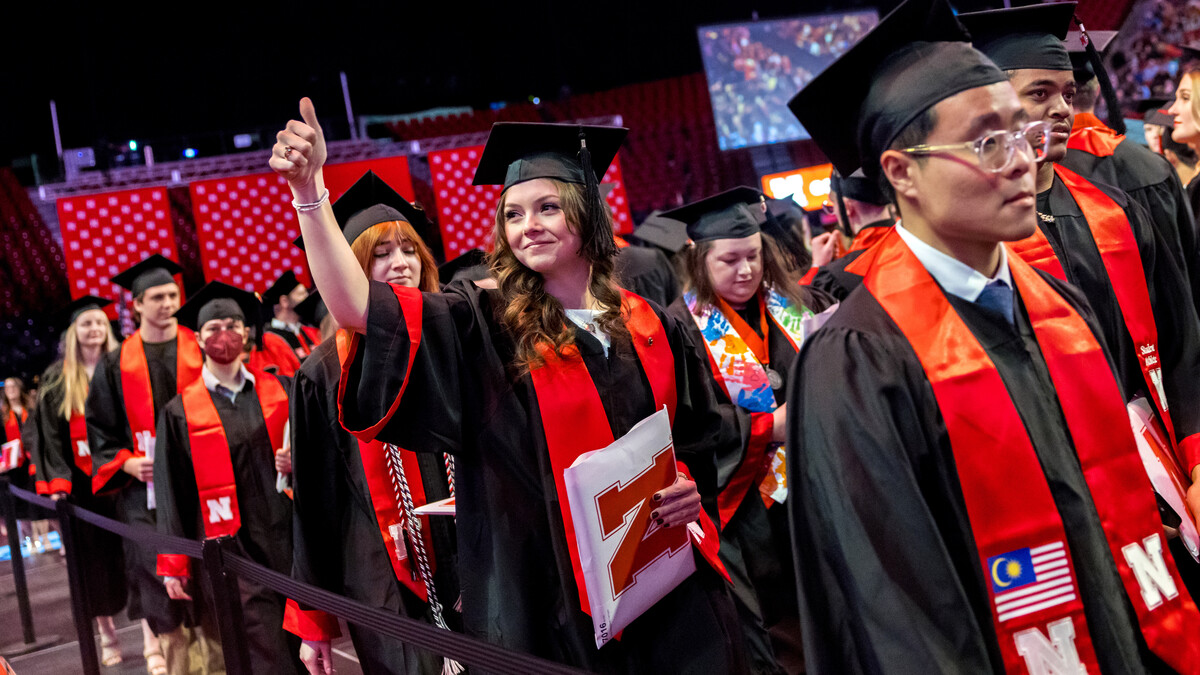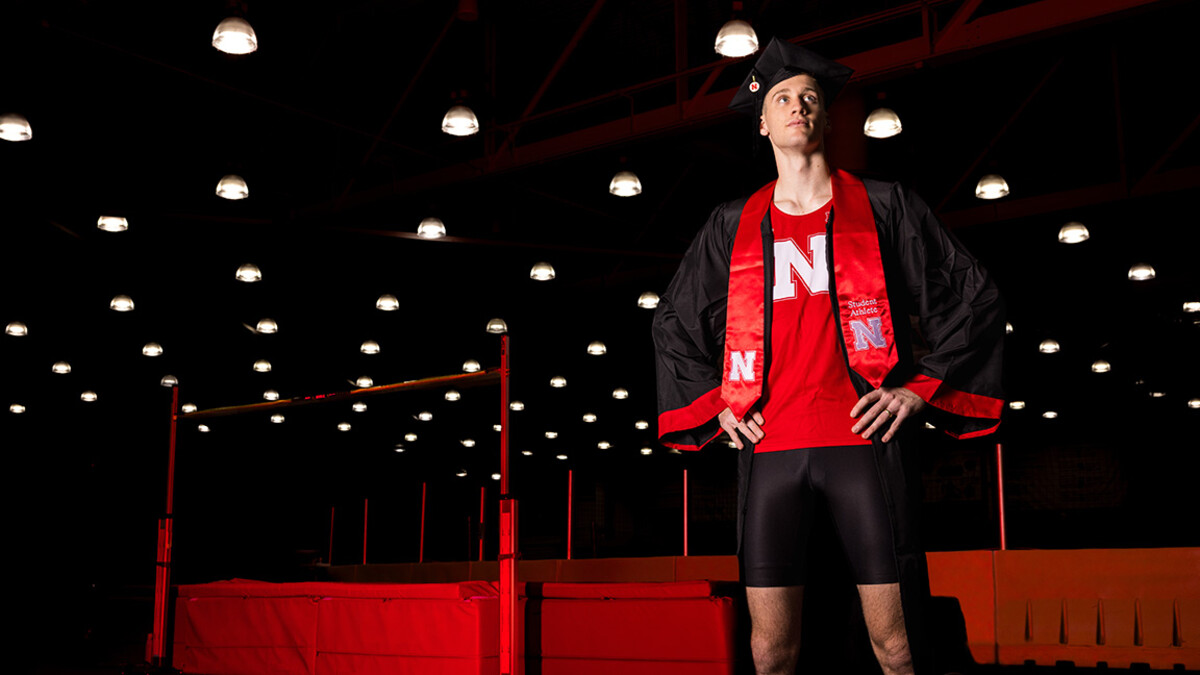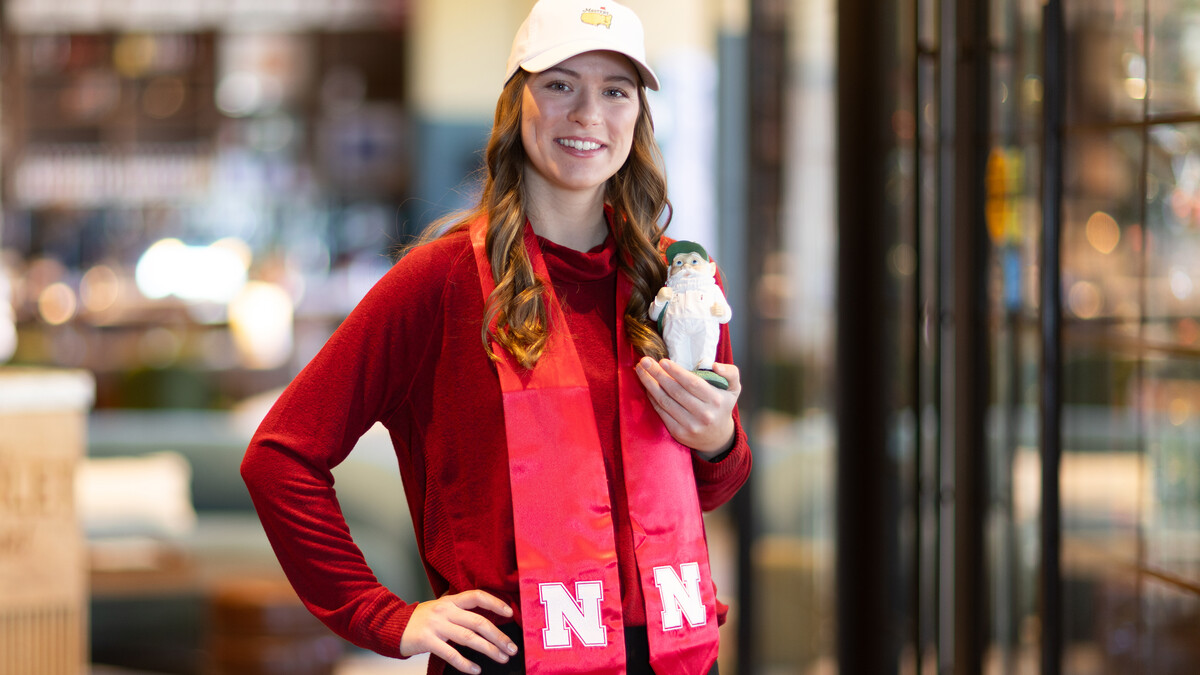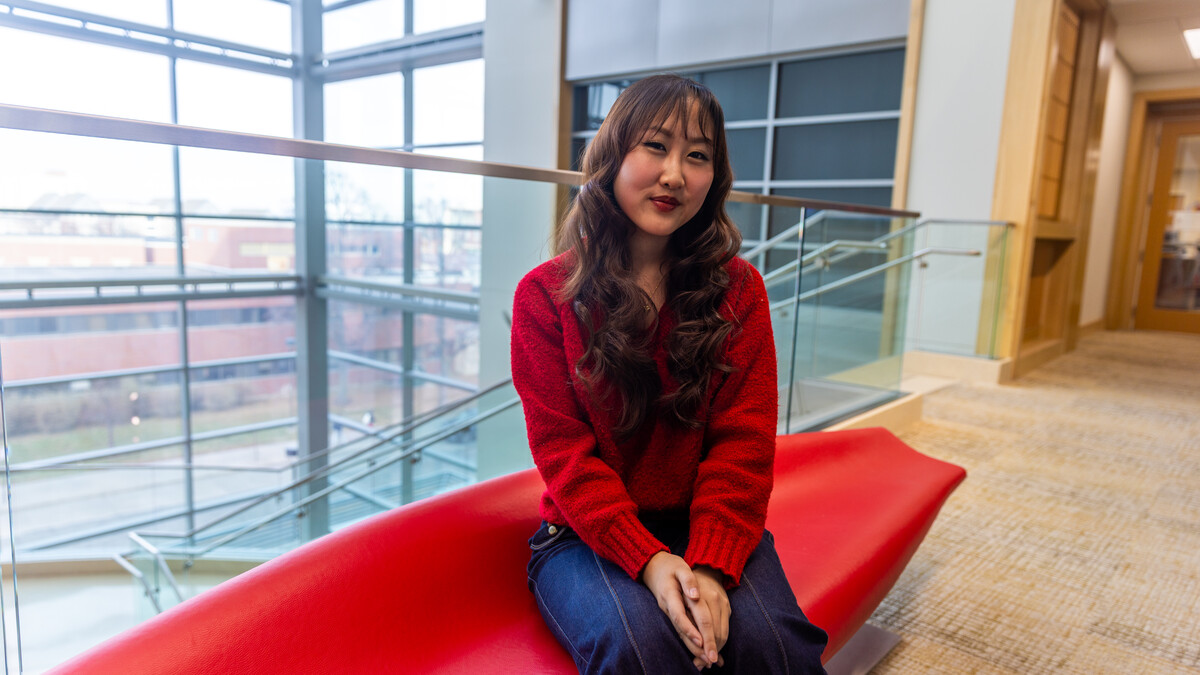
University of Nebraska–Lincoln faculty were cited in three New York Times articles and a Chicago Tribune column in November. The stories were among 30-plus featuring Husker faculty, students, programs and projects during the month.
A quote from John Hibbing and Elizabeth Theiss-Morse’s book “Stealth Democracy: Americans’ Beliefs About How Government Should Work” was included in a Nov. 5 New York Times opinion piece on the 2020 presidential election. Hibbing is the Foundation Regent University Professor of political science, and Theiss-Morse is the Cather Professor of political science.
A recent study by Kevin Smith, Olson Chair and professor of political science; John Hibbing; and Matthew Hibbing, associate professor of political science at the University of California, Merced, suggests that American are making themselves sick over politics. The study was mentioned in a Nov. 11 New York Times opinion piece by comedy writer Blayr Austin and a Nov. 15 Chicago Tribune column by Jerry Davich.
Lastly, research by Matt Andrews, director of Nebraska EPSCoR and professor in the School of Natural Resources, was highlighted in a Nov. 15 New York Times article on whether hibernation can be harnessed to aid human health. Andrews studied the biology of hibernating ground squirrels, which informed the development of a treatment for hemorrhagic shock in humans. The story was picked up by Yahoo News and a few other media outlets.
More coverage:
Theatrix, the student-run theatre company within the Carson School of Theatre and Film, presented “Five Women Wearing the Same Dress” from Nov. 21-24. Broadway World published a Nov. 2 article on the production.
Research by Regina Werum, sociology, and Christina Steidl, associate professor of sociology at the University of Alabama in Huntsville, shows that military veterans are more likely to earn STEM degrees and land STEM jobs than nonveterans. This is especially true for female veterans. The research was highlighted in a Nov. 7 WorkingNation article.
A Husker research team led by Changmou Xu, food science and technology, has identified a way to use grape pomace — the parts of the grape not used to make wine — to enhance the shelf life of fatty foods. The research was mentioned in a Nov. 7 New Food magazine article on new technologies aimed at extending the shelf life of food and drinks.
Jennine Capó Crucet, English, spoke during the Miami Book Fair’s Immigrants’ Tales: Nonfiction panel on Nov. 24. Crucet discussed displacement and culture shock — topics covered in her new book of autobiographical essays, “My Time Among the Whites” — in a Nov. 11 Miami New Times story.
Ninety-three students presented their business ideas Nov. 5 during the 11th annual 3, 2, 1 Quick Pitch competition hosted by the university’s Center for Entrepreneurship. Silicon Prairie News published a Nov. 12 article on the contest. The center’s director, Sam Nelson, and Husker students Levi Gipson and Lillian Uwanjye were interviewed for the story.
By extending or retracting T-shaped sliders to narrow or widen a series of resonators, a new prototype from Mehrdad Negahban, mechanical and materials engineering, and colleagues can dynamically redirect sound waves passing through the surface. Phys.org and Technology.org published Nov. 12 articles on the research.
The university is moving forward with a Veterans’ Tribute project that will create a reflection area from the steps of the Military and Naval Science Building to the Coliseum along Vine Street. The $3.75 million project is part of an ongoing, multi-phase upgrade of the mall immediately east of Memorial Stadium. The university has launched fundraising for the project through the University of Nebraska Foundation. Stories on the project appeared in 11 Nebraska media outlets and USA Today’s 50-states feature.
Jody Koenig Kellas, communication studies, was quoted in a Nov. 13 Good Housekeeping article about how generations of family history are being lost because people don’t talk to each other enough. Koenig Kellas, who conducts research on family identity and storytelling, emphasized that how people tell stories matters. The story was picked up by Yahoo Style.
The first Heuermann Lecture of the season, “Nebraska: An Ecosystem in Harmony,” took place Nov. 25 at the Nebraska Innovation Campus Conference Center. The panel discussion featured Husker faculty members Craig Allen, Andrea Basche and Michael Forsberg. Stories on the panel appeared in 14 Nebraska media outlets, including KTIC, and more than 10 others nationwide.
Almost all of California, except for the furthest northern reaches, had fallen into “abnormally dry” conditions by mid-November, according to the U.S. Drought Monitor. The monitor is produced jointly by the university’s National Drought Mitigation Center, the National Oceanic and Atmospheric Administration and the U.S. Department of Agriculture. A Nov. 14 McClatchy Newspapers article on California’s drought conditions appeared in more than 20 media outlets across the country. A similar story appeared in the SF Gate on Nov. 15.
A 2015 study by the University of Nebraska–Lincoln was cited in a Nov. 20 Medium article on driver’s education participation continuing to decline. The study found that drivers who have not taken driver’s ed are 75% more likely to get a traffic ticket, 16% more likely to have an accident and 24% more likely to be involved in a fatal crash.
Writer Salman Rushdie named Chigozie Obioma’s second novel, “An Orchestra of Minorities,” one of his favorite reads of 2019 in a Nov. 20 Amazon Book Review article. Obioma is an assistant professor of English at Nebraska and internationally known author.
Author Melatu Uche Okorie said in a Nov. 21 Irish Times article that she plans to give “An Orchestra of Minorities,” which was shortlisted for the prestigious Booker Prize, as a holiday gift.
Obioma discussed his second novel in a Nov. 30 interview with The Punch Magazine.
Husker faculty have founded a university spinoff company, Synbiotic Health, to develop a combination of beneficial gut bacteria and the fuel that feeds them. Working with NUtech Ventures, the company has licensed its first synbiotic strains and plans to begin human clinical trials next year. The company’s founding members include Nebraska’s Bob Hutkins and Andy Benson, both food science and technology, and Tom Burkey, animal science. Stories on the company’s licensing agreement appeared in 150-plus media outlets, including Yahoo Finance.
BTN.com published a Nov. 22 article on the university’s First-Year Research Experience, which pairs freshman students on federal work study with professors in their potential majors to engage them in research and lab work. The program was created by Amy Goodburn, senior associate vice chancellor and dean of undergraduate education, and Justina Clark, director of undergraduate research. Goodburn and Clark were interviewed for the story.
James Schnable, agronomy and horticulture, was interviewed for Plantae’s “Faculty Job: Myths and Realities” feature on Nov. 24.
Recent research from the late Anthony Starace and his protégé, Jean Marcel Ngoko Djiokap, both physics and astronomy, has explained how the clockwise vs. counterclockwise spiraling of an electric field can influence how a laser pulse ejects electrons from a molecule. Phys.org and Technology.org published Nov. 25 articles on the research.
Jessica Groskopf and Gary Stone, associate extension educators at the Panhandle Research and Extension Center, were interviewed for a Nov. 25 Wyoming Business Report article on weather causing problems for area agriculture. They discussed the impact of a July irrigation tunnel collapse, which left 107,000 acres of crops in Wyoming and Nebraska without irrigation water for about six weeks. Dry bean yields took a major hit as a result, Stone said.
Paul Jasa, an extension engineer, provided five reasons to implement a strip-till system on soils with a tillage history for a Nov. 25 Successful Farming article.
Matthew Van Den Broeke, Earth and atmospheric sciences, and colleagues at Oklahoma State University have found that prior to tornado formation, storms emit low-frequency sounds. The researchers presented their studies on the potential fluid mechanisms behind the warning noise during a conference Nov. 25 in Seattle. Scienmag published a Nov. 25 article on the research.
Faculty, administration, student and staff appearances in the national media are logged at http://newsroom.unl.edu/inthenews. If you have additions to this list, contact Sean Hagewood at shagewood2@unl.edu or 402-472-8514. If you have suggestions for national news stories, contact Leslie Reed at lreed5@unl.edu or 402-472-2059.

